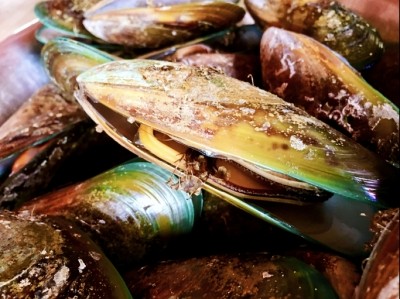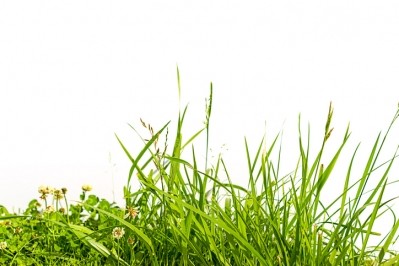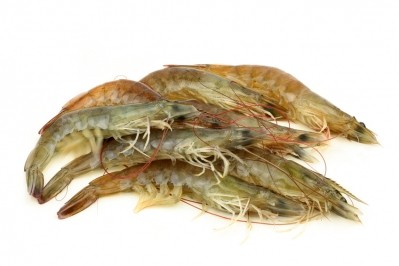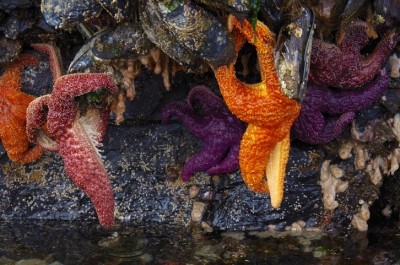EU: Starfish now allowed as fishmeal source for pig and poultry feed
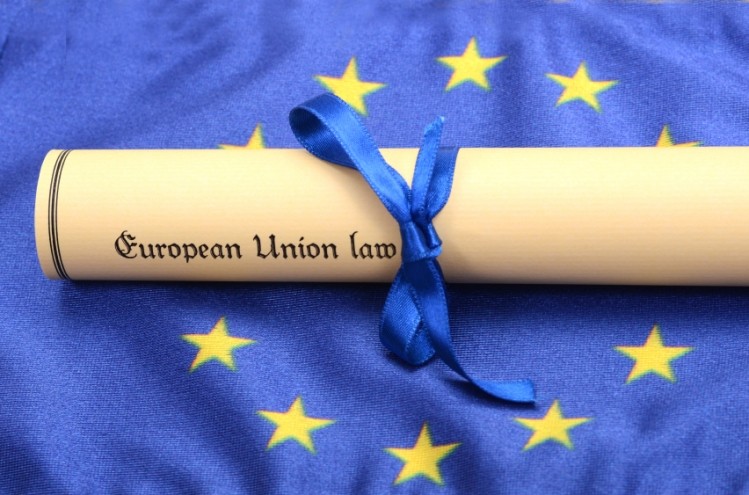
In an amendment published on 11 October, the EU executive updated Annexes IV and X to Regulation (EC) No 999/2001, which previously banned the use of wild starfish and farmed aquatic invertebrates, other than molluscs and crustaceans, for the production of fishmeal.
The EC revised the legislation on the basis that the use of meal produced from those marine organisms does not represent a higher risk for the transmission of TSEs than the use of standard fishmeal in feed for non-ruminants.
But the Commission stressed, in order to protect the environment, the use of wild starfish for the production of fishmeal should be restricted to cases where they are multiplying and represent a threat to an aquaculture production area.
“This is excellent news. It was never intentional to exclude starfish as a source for the production of fishmeal in the original legislation. That marine organism was just not taken into consideration when the regulation was made.
“It is our expectation that starfish meal, with its good amino acid profile, can be used in the organic pig and poultry production sector, a market in need of new protein sources. Of course, it can also be used as an alternative protein in conventional monogastric production as well,” said Professor Jens Kjerulf Petersen, from the Danish Shellfish Centre at the Technical University of Denmark.
He heads up the Danish project, STARPRO, which is an initiative aimed at establishing a sustainable fishery of starfish for conversion into a feed ingredient, reducing predators and simultaneously developing a new source of valuable protein.
Starfish in high concentrations are considered pests by commercial mussel farmers, as they consume large amounts of mussels in culture beds, said Petersen. The amount of starfish is increasing in Danish coastal waters, particularly in the Limfjorden.
Petersen said the players in STARPRO, which also includes Aarhus University, the Mussel Fishing Association and Agro Korn, contacted the Danish authorities to get the ball rolling on the legislative amendment required to allow starfish meal to be used in pig and poultry feed in the EU.
And the Danish officials, easily convinced of the economic and environmental benefits of producing fishmeal from such a cheap source, pressed home the problem with the Commission.
“The process has been going on for more than a year, but, at least, we have seen a positive outcome.
“Once the final parts of the regulation are in place, our industrial partners will start building a dedicated starfish meal processing plant; and we expect such a facility to be up and running by the end of next year,” he told us.
Such a fishery, he said, would be somewhat limited in scale but the expectation is for the plant to process 10,000 tons of starfish a year, generating around 2,500 tons of meal annually, and, at a lower price than that for fishmeal currently.
The turnover of such a facility is estimated at €600,000 annually and local job creation from starfish meal production is also touted as an additional beneficial outcome. "We anticipate that targeted fishing of starfish for meal production will begin in early 2017," added Petersen.
Feeding trials
Petersen said trials, undertaken as part of the STARPRO project, have been evaluating the use of starfish meal, which is said to contain 70% raw protein, in pigs and poultry. The most recent studies in poultry have not yet been written up but the findings are reportedly very positive, he claimed.
Danish researchers, in a study we reported on last December, found starfish meal (SM) an effective alternative protein source for pig diets when included at a certain dosage.
The study by Poul Sørensen and Jan Værum Nørgaard, from Denmark’s Aarhus University, was published in the journal Animal Feed Science and Technology.
Sørensen and Nørgaard’s research noted SM had been evaluated as a feed ingredient in trials with poultry many decades ago; those investigations had concluded the protein fraction in SM was comparable to fish meal (FM) in quality but its high calcium (Ca) content was reported to result in poor growth performance and protein digestibility when fed in high amounts to poultry.
But Sørensen and Nørgaard hypothesized that the chemical composition and standardized ileal digestibility (SID) of crude protein (CP) and amino acids (AA) in SM would be beneficial to pigs.
Following a trial with 96 pigs fed one of four diets containing separate protein sources for 14 days, including fish meal (FM), extruded soybean meal (ESBM) and two levels of SM – SM50 and SM100, they concluded SM may be included in diets for weanling pigs by up to 50g per kg and thereby partly replace FM or ESBM.
They found the negative effect on performance when feeding 100g SM/kg may be caused by the high Ca level and wide Ca to phosphorus (P) ratio that can affect digestibility and absorption of P negatively, maybe by reducing the effect of exogenous phytase.
